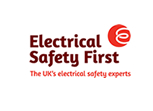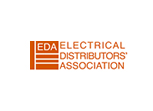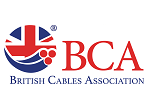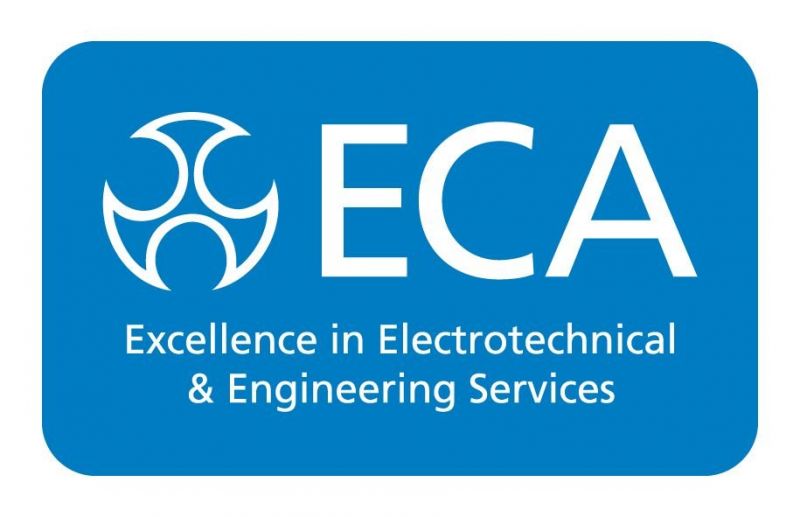Collaboration, compliance and a clear way to defeat fake cable

“An association is credible as long as it is truly representative. It is only worthwhile if it adds value, has authority, stays informed and plays its part as a force for higher standards and best practices.”
Marcello Del Brenna is the President of British Cables Association and the new-in-post Chair of Approved Cables Initiative.
With 14 years’ experience as CEO at Prysmian in Finland, Italy, South America and the UK, he is no stranger to the pressures and challenges of a global cables market.Before stepping up to take a series of leading roles at the company he joined straight from university, he had already worked across Europe and Australia.
If anything, his passion for pushing the industry to be the best it can be has grown and his appetite for being part of the change engine has kept pace.He has this to say of his new role and the challenges for the industry.
The British Cables Association is an example for other cable associations in Europe.It has always interacted with authorities, politicians and other stakeholders in the market.You have to engage to drive change and those within BCA have had the energy and commitment to continue making a difference.
The Association’s positive impacts owe much to the fact that the United Kingdom is a much easier place to access politicians, authorities and important stakeholders than other countries.This is a real asset that shall be exploited.
That said, BCA has to leverage its obvious credibility to achieve even more across the electrical sector and the cable sector in particular.
Over decades national associations have moved from their birth-remit of the ‘defence of national manufacturing’ to something more relevant and sustainable. The name of the game now is technical compliance and safety.
This is what BCA has to be the advocate for: a market in which are available only products which are compliant to relevant standards, where installation practices ensure the performance of these same cables and where user’s safety is the ultimate objective. So, it’s about quality, compliance and safety.
Who you talk to and how you talk to them remains paramount.Del Brenna says Parliament and political stakeholders are important, yes, but specifiers, distributors, contractors, installers, procurement managers and their industry-related associations for example need to be full participants in the conversation.
It’s about working with association bodies such as the ECA, EDA, CIBSE, RIBA, (CIPS) Chartered Institute for Procurement and Supply – to build the critical mass on what is important in terms of quality, performance and safety.
Every stakeholder in this industry has to be aware of the importance of what they design, of what they specify and its ongoing safety and performance.
And then there are the Fire and Rescue Services.We need to work better with them to understand their needs, examine the detail of what they encounter and how cables feature within those different situations.
There are other authorities too that we must work and engage with. The BCA has to be the technical reference for cable and cable installation specifications for all stakeholders.
The Approved Cables Initiative is, in some respects, the armed associate of the BCA.
How I see it is that the Approved Cables Initiative is, in some respects, the armed associate of the BCA. The ACI is there to educate and inform but this role has evolved, and it also has a duty to ensure manufacturers, be them BCA members or not, behave and, more importantly, that their products meet relevant British, European and International Standards where required.
All of the monitoring we do has to include our own members because we are the first-line, the role models, if we want to be seen to be credible at ACI. Being a member has to stand for something.One of the things it should stand for is that our members have nothing to fear and everything to gain from compliance monitoring.
So, what the ACI has to do is focus on non-compliant products rather than on non-compliant producers. Some may argue that it is the same thing, because ultimately non-compliant products are produced by non-compliant manufacturers.
But the reality is that what is non-compliant is the product; and a non-compliant product can be either the result of an accident in the production facility, and then compliance monitoring becomes an opportunity for improvement, or it may be a deliberate “cost saving” exercise from a malevolent manufacturer, but then it is up to the market to draw its own conclusions.
This makes all the difference.
I believe in our ability to blame and shame. I believe we’ll get a better result if we focus on the product, and not the producer or the individual in the supply chain.The ‘one bad apple’ approach is easier to work with, and for a business’ reputation to survive, so long as remedial action is fast and conclusive.And of course, by ‘flipping’ the approach in this way we should see faster and cleaner results – and that’s better for everyone.
The ideas behind both BCA and ACI remain fundamentally sound; objective and independent bodies are absolutely appropriate and legitimate, but they would both benefit from some fine tuning to gain both pace and traction.And we should push for that.
Both are capable of delivering more, so we have to find a way to do that while working within a sensible framework and of course complying with the laws and regulations prescribed. But for sure the ACI has a big opportunity here.
The ACI should work to find a stronger association with other initiatives because while the interests of cable manufacturers and BCA members are clear, the expression of the interests of the ACI needs greater clarity.
To ensure that the market is served by compliant products is not only in the interest of the cable industry. The ACI has to fully immerse itself and promote an even more collaborative culture to get the best results going forward.
I don't see that the distribution world wants to be associated with non-compliant products. And when the occasion arises, absolving yourself of any responsibility with ‘but we are only a third party selling this’ won’t wash.
But just what are we asking?At the moment how can cable sellers, the suppliers, carry out their own checks?Don’t they have to simply rely on the manufacturer’s word and standard marks on product?
What if they had the possibility to make a final check on what they sell.I believe they would welcome more attention/intensity – and policing - from the ACI to confirm product authenticity.
Widening the scope of the ACI – and involving other players - should be looked at in order to establish greater control and confidence down the supply chain. There is a real need for cross industry involvement.
We must shift the focus from blame to heightened compliance rigor, create more awareness in the market on the importance of compliant products and in doing so let the free market make its own selections.
The most competitive players and the highest quality players will win over less competitive and less quality oriented competitors and the market will decide - but within compliance boundaries, in a market that respects the basic rules of the game.
So, what is the future for substandard cable?I think that the answer is that we are at a fork in the road.If there is nobody checking on it, it will worsen. It will worsen because cable is a product which doesn't have a lot of margin attached to it and it's very much material intensive.
The temptation to use a little bit less of copper, thinner jacketing, thinner insulation, low standard materials in order to save some pennies can be compelling. And if we allow this to go on then things escalate.Today I take away one gram and, when nobody catches me, I take away two grams, then five, then ten and on up to the point where there will be real technical issues in the marketplace.By then it will be too late. It is imperative that we keep monitoring and that quality expectations are kept high.
Across the world there are people living alongside fake cable without knowing, and every day they are at risk.
I lived in South America as a kid and then worked out there as an adult for four years.In South America the level of non-compliance is beyond belief. There are cables which carry half the copper they should - these cables follow dubious commercial channels - and most of the time they end up in the slums and poorest housing areas. These non-compliant cables are hiding in plain sight.Whatever happens there - nobody will notice – there is no way that is acceptable.
It is an extreme example. It's not Europe, it’s not the UK – but it is people, people like those in Europe and the UK.I don't mean that we, in the developed world, are anywhere near that but we have set hard lines and the only thing that can prevent this happening is independent and credible policing.
Marcello Del Brenna (26 years with Pirelli and Prysmian):
1993Starting straight from University as an R&D technologist with Pirelli
1999First international appointment in Australia as engineering director.
2001Working in Italy on a more technical/marketing role
2005CEO in Finland.
2009Back to Italy to head (CEO) the submarine cable business.
2014CEO South America, to Brazil, heading Prysmian South America
Mid 2018 CEO Prysmian UK
Further information about the BCA can be found at www.bcauk.org . For press enquiries please contact Sally Neary 07703546063 or email sally@acumencommunications.co.uk














